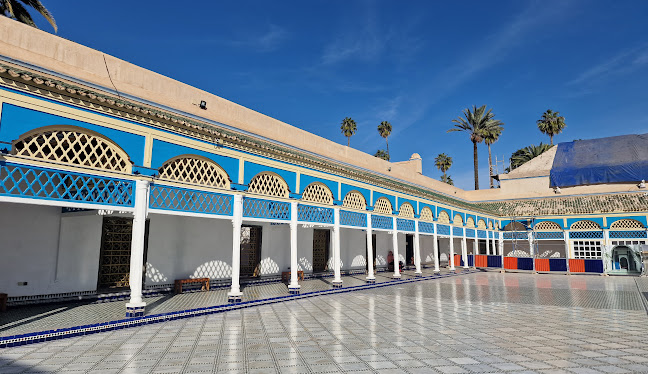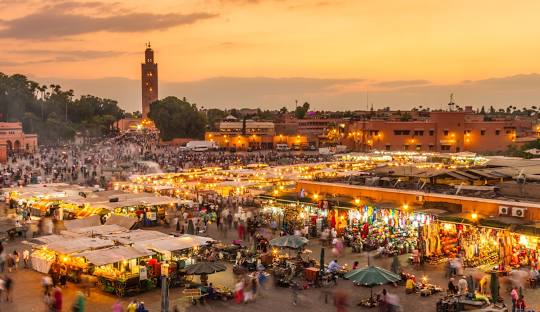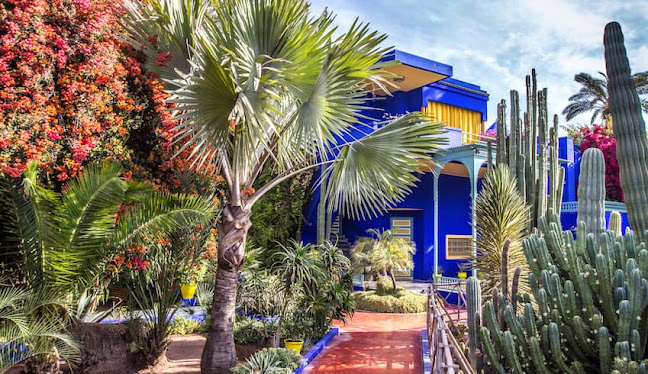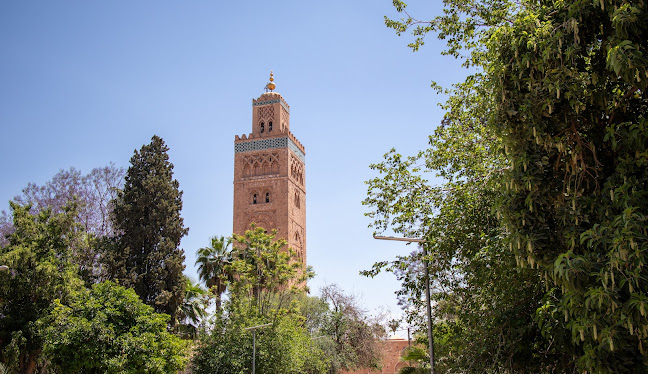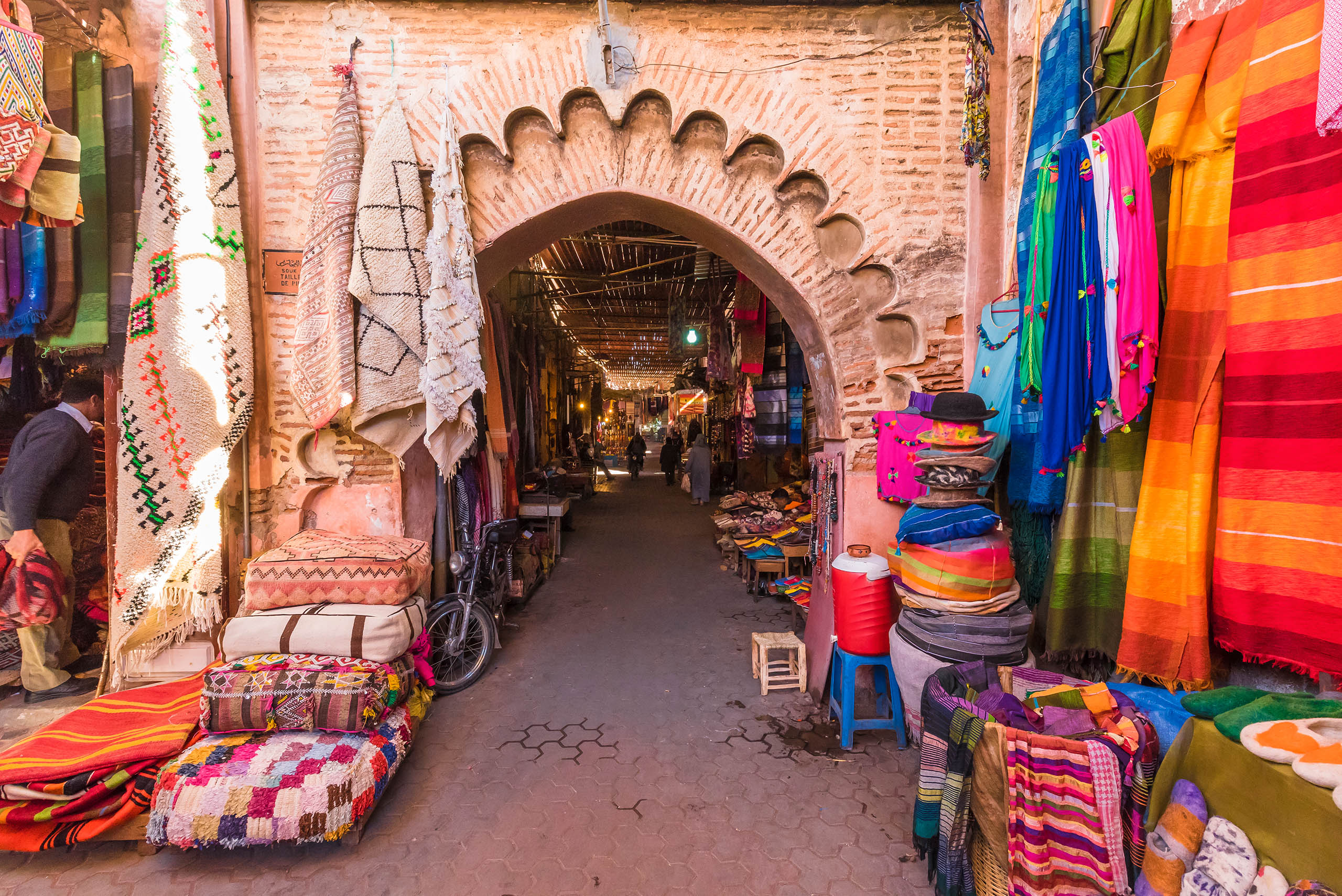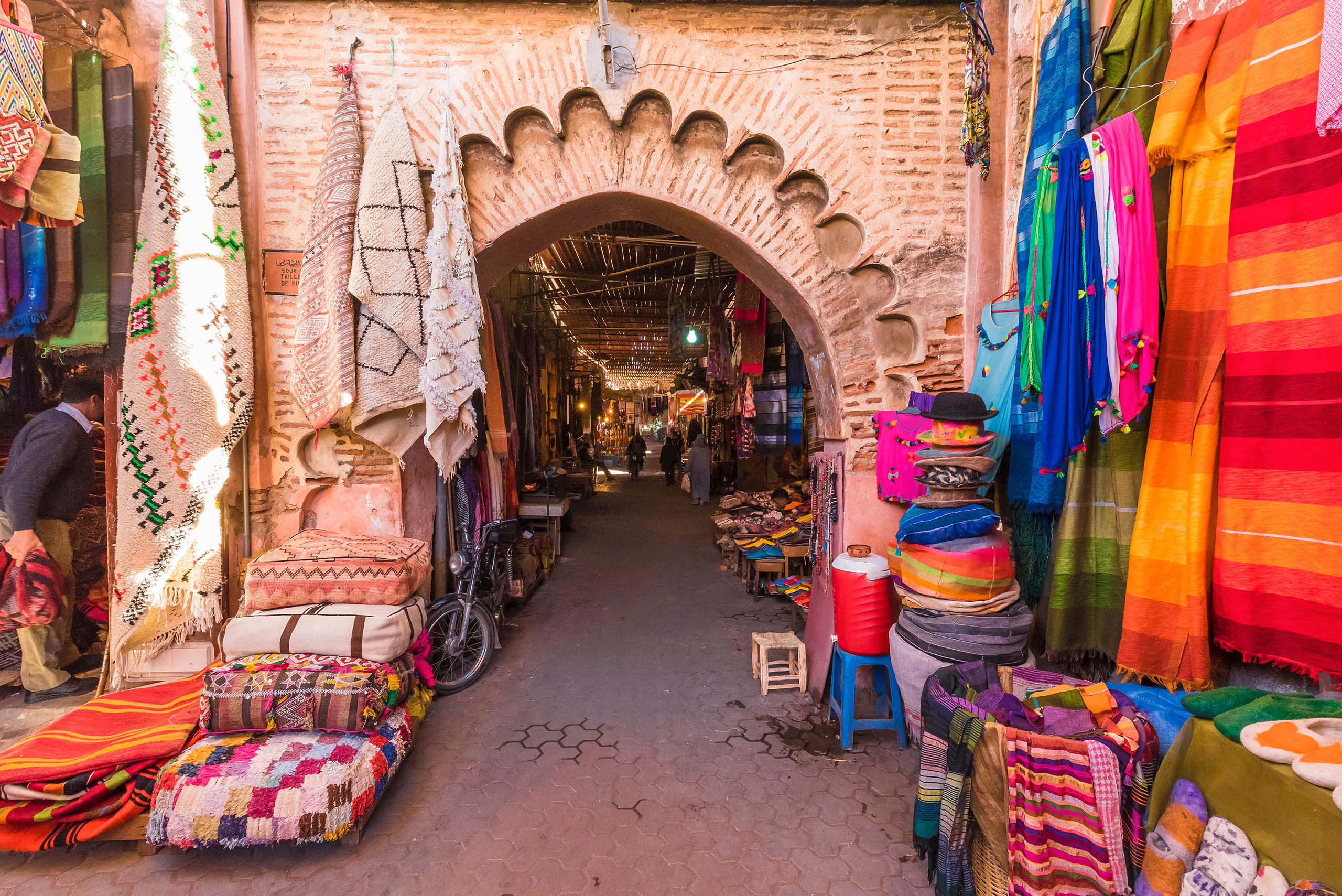The journey from Ouarzazate to Merzouga is one of the most memorable routes within Desert Vie, taking travelers from the cinematic landscapes of the desert gateway into the heart of the Sahara. It is not just a road trip, but a gradual immersion into a world where arid mountains, fertile valleys, and endless dunes unfold in succession. Covering around 370 kilometers, the road winds through changing sceneries and offers glimpses into the cultural richness of southern Morocco. This path is often considered the quintessential desert adventure, where the destination is as impressive as the journey itself.
Ouarzazate To Merzouga
Ouarzazate, often nicknamed the Door of the Desert, is a city famous for its film studios and historical fortresses. It has been the backdrop for countless international movies and series, giving it a special place in the imagination of visitors. However beyond the cameras, it is an ancient caravan town that once linked sub-Saharan Africa to Marrakech and Fez. From here, the journey eastward from Ouarzazate to Merzouga begins with wide open roads framed by ochre mountains and the shimmering light of the desert sun.
Leaving Ouarzazate to Merzouga, the first striking stop is usually the Skoura oasis. This lush valley, with its palm groves and mud-brick fortresses, feels like a green jewel in the desert. It is home to the famous Amridil fortress, one of the best-preserved ones in Morocco and a living testimony to the fortified architecture of the region. Travelers often linger here, walking under the date palms or exploring the irrigation channels that have supported life for centuries. The contrast between the greenery of the oasis and the dry mountains around it sets the tone for the landscapes to come.
Continuing along the road from Ouarzazate to Merzouga, Dades emerges as a spectacular corridor of cliffs and fertile fields. Known as the Valley of a Thousand Fortresses, it is dotted with ancient ones, many now in ruins, standing like silent guardians of history. The valley changes with the seasons. In spring, it blossoms with almond and fig trees, while in summer, its fields of corn and barley shimmer under the sun. The nearby Dades Gorges, with their twisting roads and inspiring rock formations, invite travelers to pause and admire nature’s artistry.
Further east lies the Todra Gorge, perhaps the most famous natural wonder on this route from Ouarzazate to Merzouga. Towering limestone cliffs rise up to 300 meters on either side, creating a narrow passage where the Todra River flows. Walking through the gorge feels humbling, as the immense walls close in around you while climbers scale their vertical surfaces. Local Berber families often bring their flocks here, and the sight of shepherds moving between the rocks adds a timeless quality to the place.
As the journey progresses, the scenery between Ouarzazate to Merzouga becomes increasingly arid. Small towns like Tinejdad appear along the road, offering glimpses into everyday desert life. Erfoud, in particular, is known for its fossil workshops and date markets, making it a fascinating stop before the dunes. The town has an otherworldly feel, with its flat-roofed houses and wide desert streets, hinting that the Sahara is not far away.
Then comes Merzouga, a small village lying at the edge of Erg Chebbi, one of Morocco’s most spectacular sand formations. Rising up to 150 meters high, the golden dunes stretch as far as the eye can see, sculpted by wind into ever-changing patterns. This is the Morocco of postcards and dreams, where travelers ride camels into the horizon as the sun sets in fiery colors. Spending a night in a desert camp near Merzouga is often the highlight of the entire journey. Under the vast sky, far from city lights, the stars reveal themselves in astonishing clarity, reminding visitors of the immense silence and beauty of the Sahara.
The road from Ouarzazate to Merzouga is not merely a transfer from one place to another. It is a transition between worlds, from cinematic charm through valleys full of life and history, into the quiet majesty of the dunes. Each stop offers its own stories, shaped by geography and tradition, and together they form a mosaic that reflects Morocco’s diversity. To travel this route is to follow in the footsteps of traders, nomads, and explorers who have long been captivated by the desert’s allure. It is an experience that lingers long after the sands of Merzouga have slipped from your shoes.
